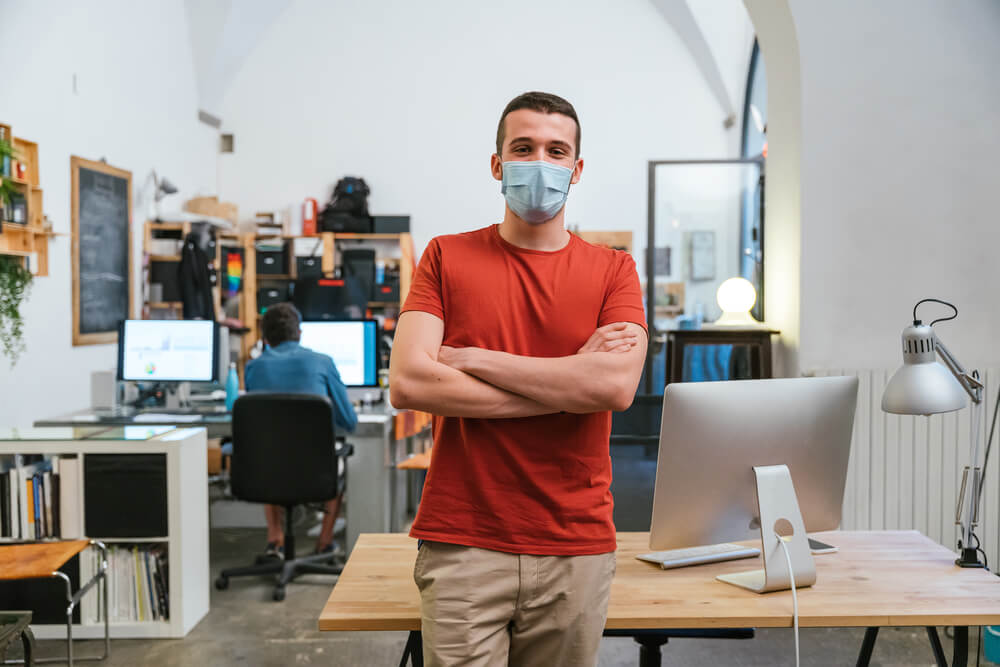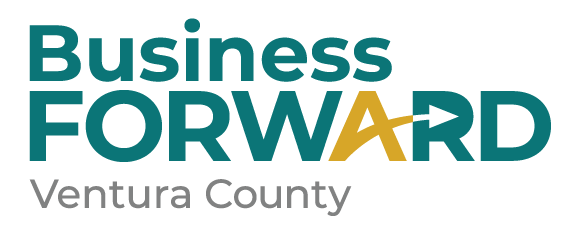
How to Build a Medical Device Start-Up in Ventura, CA: A Useful Resource Guide
Going from having an idea that addresses an unmet clinical need to a running, thriving medical device company can be a lengthy and complex process. However, with an excellent product, a robust business model and the business assistance and resources available in Ventura County, you can build a profitable medical start-up.
Here’s is what you need to know about building up a medical device start-up in Ventura, CA.
Pick a Great Team
Work environments in start-ups can be incredibly challenging. This is especially true in an ultra-competitive industry like medical device manufacturing. You must ensure that you have a well-trained, intelligent, insightful and reliable team that will stick with you throughout the challenging journey and help you actualize your start-up goals.
Staff training and education resources in Ventura County include the Workforce Development Board of Ventura County, which offers training and education resources for businesses located in Ventura County. Moreover, the Ventura County Community College District Division of Economic Development offers tailored training and technical assistance to employers that want to boost their team’s productivity.
Present a Business Case
You need to prove that your medical device idea is valid. Essentially, you need to answer the following questions:
- Does it serve a clinical need?
- Is there a market for it?
- Who are your competitors?
- What regulatory issues will you have to deal with?
You will also need to build a prototype and get it to the users. Of course, when testing a medical device prototype, there are numerous precautions you need to take. You can only use the initial prototypes in a simulated environment and not on real patients.
Taking your prototype to the users will help you ascertain user needs, which in turn will help you develop design controls. There are several benefits to understanding user needs and intended uses, such as:
- User needs help you understand how your device will be used.
- User needs help you establish the product’s design framework.
- Intended use outlines the clinical issues that your product addresses.
- Indication of use relates to the end-user, clinical applications use, and environment.
Every other decision about your medical device start-up will be hinged on your business case.
Create a Solid Business Plan
After building a business case for your medical device start-up, the next step will be crafting a business plan. Your business plan should cover every aspect that’s integral to how your start-up will operate. When creating your plan, you should pay particular attention to the key steps you need to take to achieve your goal, the key challenges you need to address, and the different roles and responsibilities in your business.
Make sure to establish a regulatory strategy as there is always a level of regulation involved in the development of medical devices. Identify the relevant regulatory product classification and product codes based on indications of use and intended use for all the markets where you intend to sell your products. This information will help you determine the kind of regulatory submissions you’ll need to make.
The FDA’s database will help you with product classification for the U.S. market. The regulation requirements will largely impact your schedule and the capital you’ll need for your endeavor.
Create a Design and Development Plan
Your design and development plan should incorporate the following:
- Design controls – Documents procedures that explain the development process.
- Product user need – Explains how your device will be used, the medical problems it solves andits features.
- Design plan – Outlines responsibilities as well as major milestones for the design process.
- Design inputs – Describes the functional, physical, and performance requirements for your product.
Raise Capital
The share of venture capital that goes to start-up medical device companies has been declining. Therefore, medical start-ups should leverage alternative sources of funding.
Even though the venture capital has diminished, there are numerous but smaller sources of funding:
- Private placement – you can raise capital by selling securities to a small number of investors.
- Angel investors – you can get funding from high-net-worth individuals interested in particular health conditions or diseases.
- Entrepreneurial competitions – large companies and learning institutions often organize entrepreneurial contests, some with significant payouts and other kinds of support.
- Crowdfunding – crowdfunding can be a useful source of the funds needed for prototyping or validation.
- Incubators – incubators offer business mentoring, connections to resources, subsidized business accommodation and academic support for start-ups.
- City, State and County Resources – local governments often come up with incentives such as tax breaks and funding that are meant to attract entrepreneurs to certain development zones.
Small Business Resource Guide for Ventura County
Useful small business assistance and resources in Ventura County include:
- Ventura County Business Start-Up Guide
- The Ventura Chapter of SCORE
- Economic Development Collaborative
- Ventura County Permit and License Guide
- Business Zoning Information for Ventura County
- One-Stop Tax Help Portal
- California Business Incentives
To build a successful medical device manufacturing start-up, you need to build a great product that solves medical issues and meets the set regulations. Additionally, you also need to set up your business in an supporting environment, like Ventura County.
Looking for assistance in setting up your medical device business? Don’t hesitate to get started! Business Forward Ventura County is a countywide initiative and business resource hub committed to delivering economic development support for businesses. Contact us today for more information on how we can help.
What can we help you find?
More News from Business Forward
eNews Signup
Stay up to date on new developments, business opportunities and resources.
